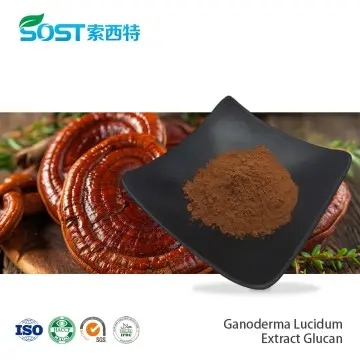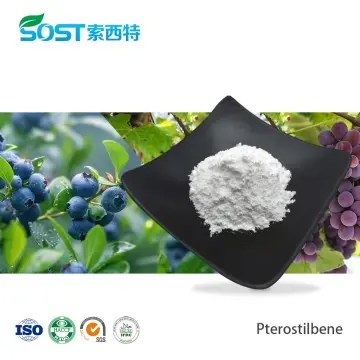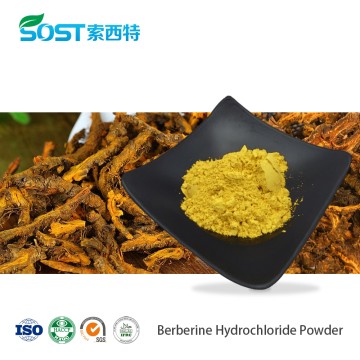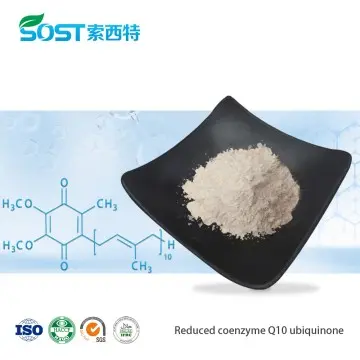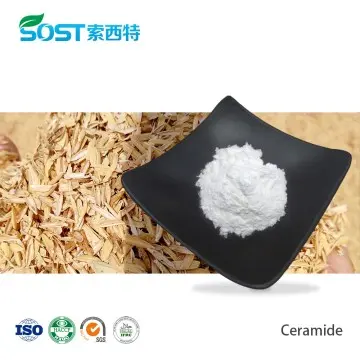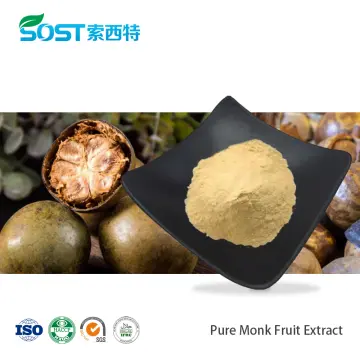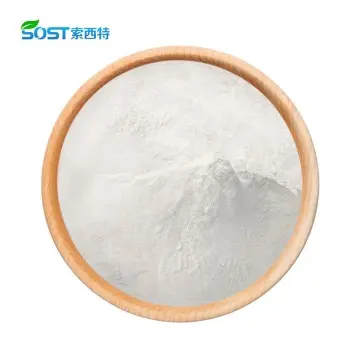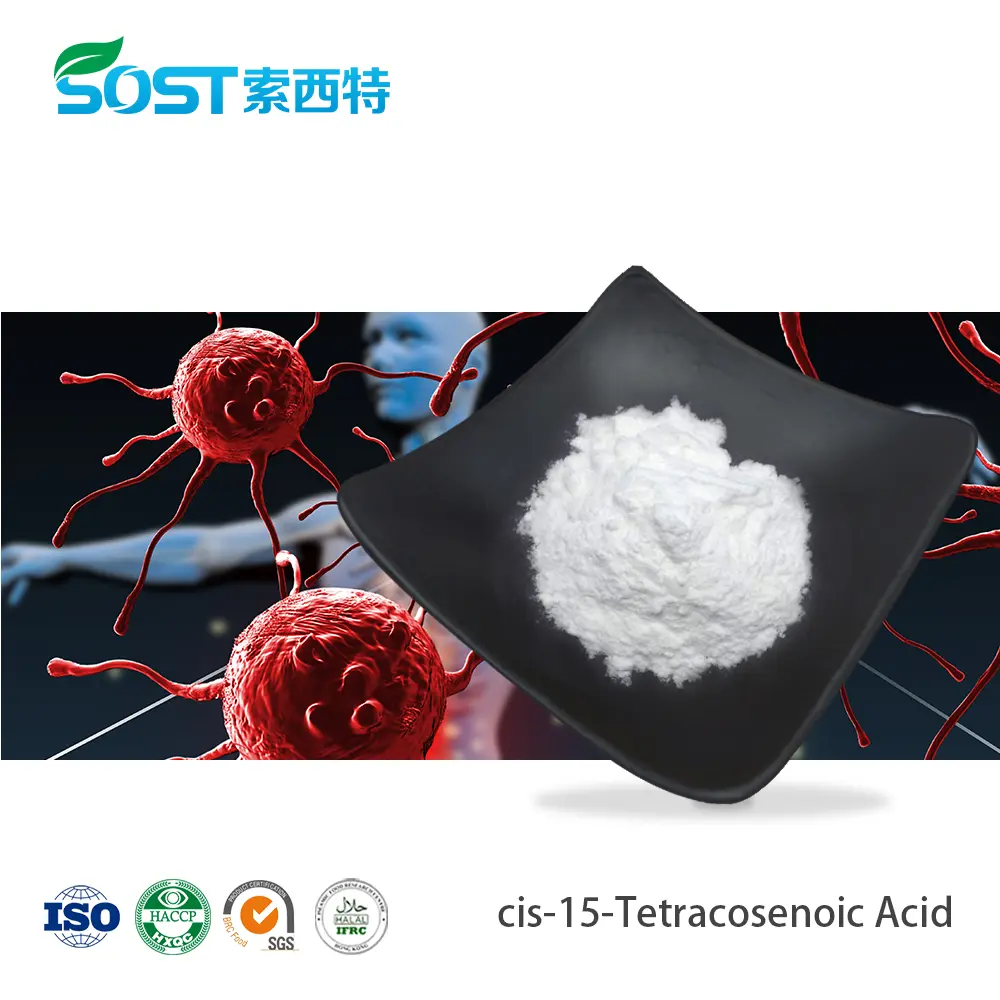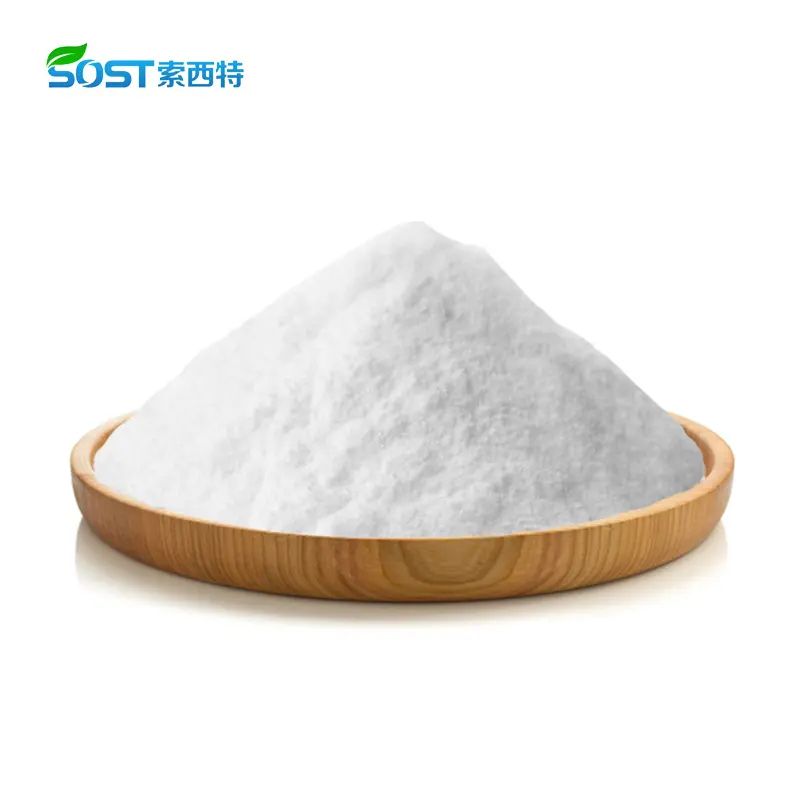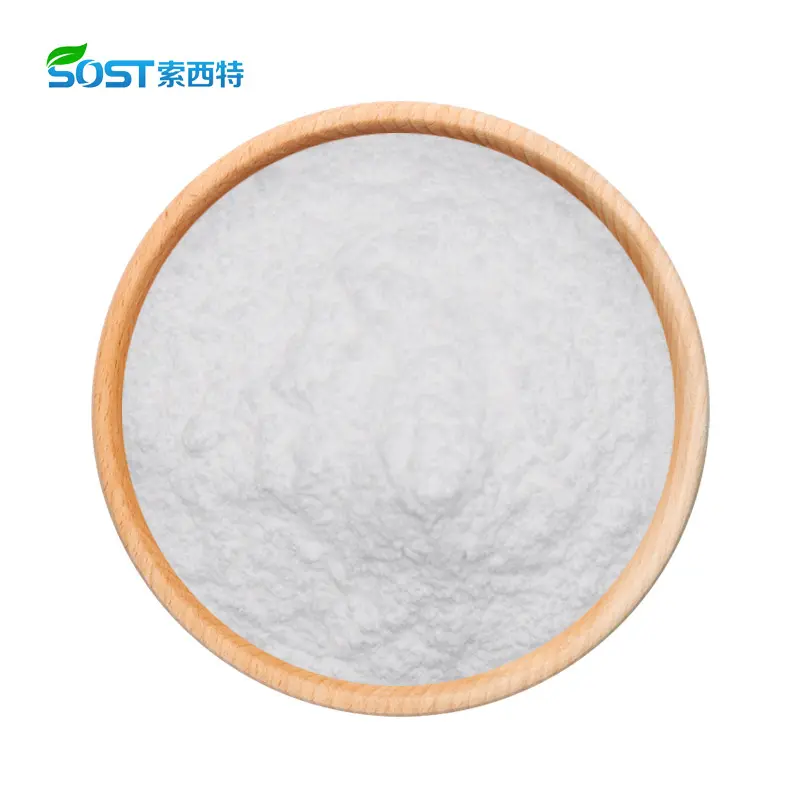Sost Biotech Co.,ltd
Email: ericyang@xasost.com
Tel: +86 13165723260
Office: 18F Tower B, High-tech Modern City Building, Zhangba 5th Road, Xian, China, 710075
cis-15-Tetracosenoic Acid
Product Introduction
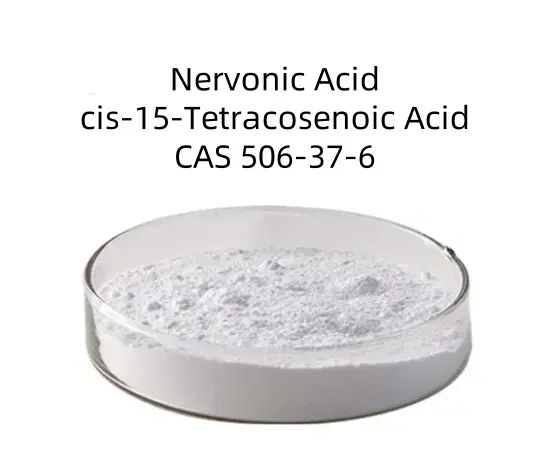
coa
|
Product Name : |
cis-15-Tetracosenoic acid |
Butch Quantity: |
500kg |
||
|
Item |
Specification |
Result |
Method |
||
|
component |
Nervonic acid ≥90% |
92.82% |
GB 5009.168-2016 |
||
|
related substance
|
Arachidic acid |
0.2% |
GB 5009.168-2016 |
||
|
Docosanoic acid |
2.5% |
GB 5009.168-2016 |
|||
|
Erucic acid |
1.1% |
GB 5009.168-2016 |
|||
|
Tetracosandienoic acid |
2.9% |
GB 5009.168-2016 |
|||
|
Unknown |
0.48% |
GB 5009.168-2016 |
|||
|
residual solven |
Acetone |
Negative |
GB 5009.262-2016 |
||
|
residual solvent |
Ethanol ≤3000ppm |
Conforms |
GB 5009.262-2016 |
||
|
melting poin |
41-43℃ |
42℃ |
GB/T 617-2006 |
||
|
Acid value |
≤160mgKOH/g |
148mgKOH/g |
GB 5009.229-2016 |
||
|
unsaponifiables |
≤7% |
2% |
GB/T 5535.1-2008 |
||
|
peroxide |
≤0.75g/100g |
0.19g/100g |
GB 5009.227-2016 |
||
|
Appearance |
White flake crystalli |
Conforms |
Visual |
||
|
Part Used |
Rapeseed oil |
Conforms |
Visual |
||
|
moisture and volatile matter |
≤3.0% |
0.5% |
GB 5009.236-2016 |
||
|
Ash content |
≤3.0% |
0.5% |
GB 5009.4-2016 |
||
|
Heavy Metals |
≤10ppm |
Conforms |
GB/T 9735-2008 |
||
|
Arsenic |
≤2ppm |
Conforms |
GB 5009.11-2014 |
||
|
Total Plate Count |
≤1000cfu/g |
Conforms |
GB/T 4789.2-2016 |
||
|
Total Yeast & Mold |
≤100cfu/g |
Conforms |
GB/T 4789.15-2016 |
||
|
E.Coli |
Negative |
Negative |
GB/T 4789.3-2016 |
||
|
Salmonella |
Negative |
Negative |
GB/T 4789.4-2016 |
||
|
Staphylococcus |
Negative |
Negative |
GB/T 4789.10-2016 |
||
|
Expiration Date |
2 Years When Stored properly |
||||
|
Packing and Storage |
20kg/ drums, 1kg/ bag double plastic bag Cool storage |
||||
|
Conclusion |
Conform to the enterprise standard |
||||
The Function of cENTALLA ASIAtiCA

.
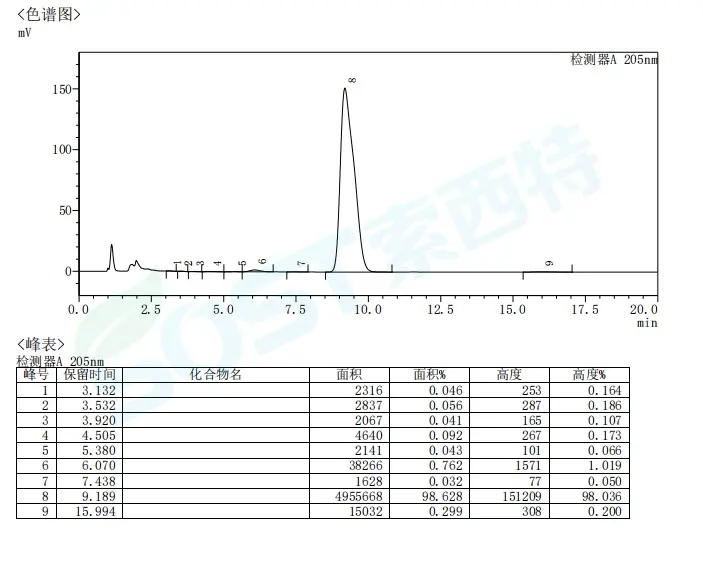
SOST Biotech – Your Trusted CIS-15-Tetracosenoic Acid Supplier
✅ Certified Quality: ISO/cGMP-compliant manufacturing
✅ Custom Solutions: Tailored concentrations & formulations
✅ Bulk Pricing: Competitive rates for OEM Services
✅ Global Shipping: Doorstep delivery with full documentation

Packing & Shipping
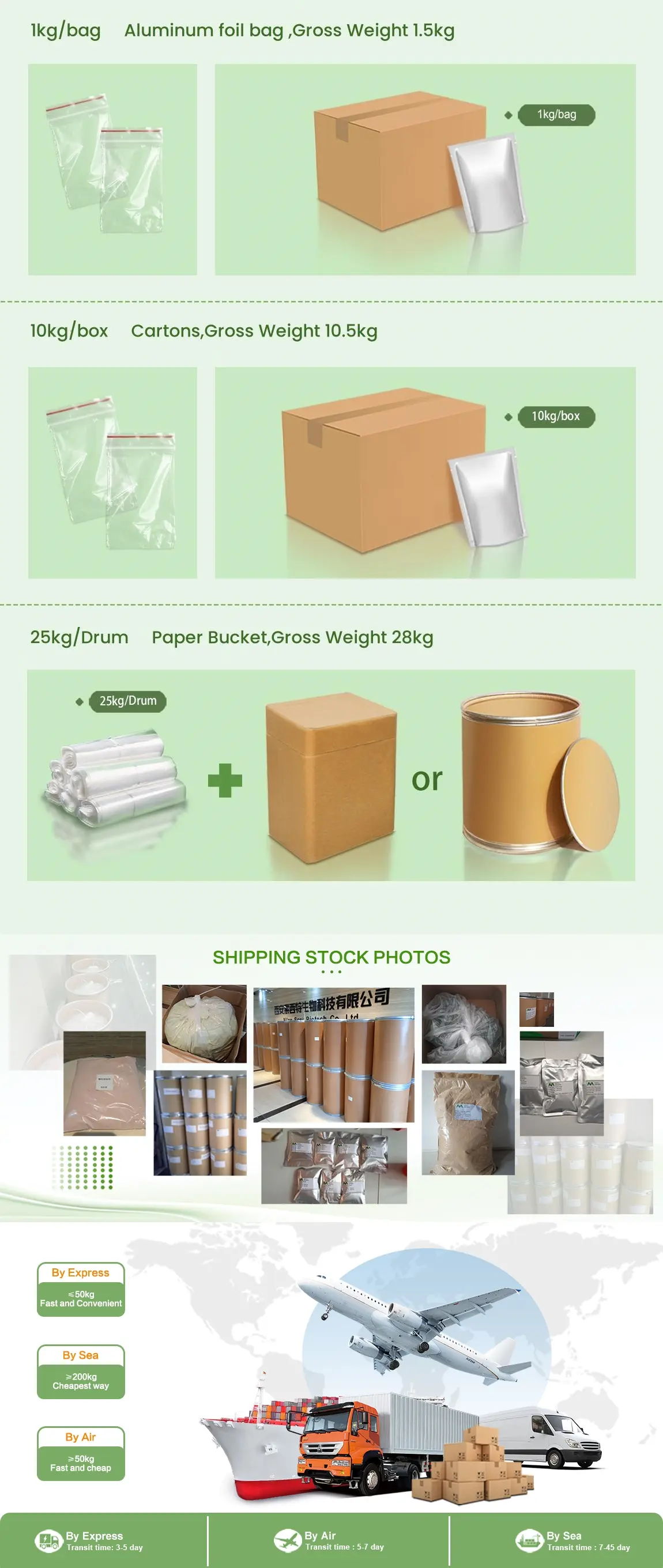
What We Can Do?

Product Data Sheets
| Analysis | Description | Result |
| Appearance | Brown powder | Conform |
| Odor | No special taste | Nasil |
| Identification | Conform with reference sample | HPLC |
| Mesh Size | 90%Though 80 Mesh | Conform |
| Loss on drying | <5% | 0.038 |
| Ash Content | ≤5.0% | GB5009.4 |
| Ash content | <20% | 0.1903 |
| Content (hypericin) | >0.3% | 0.301%(uv) |
| Heavy metal | <10ppm | Conform |
| Pesticide residue | Do not detect | Conform |
| Total bacteria | <1000cfu/g | Conform |
| Saccharomyces mycobacteria | <100cfu/g | Conform |
| Escherichia coli. | Do not detect | Conform |
| Salmonella | Do not detect | Conform |

 Food Additives
Food Additives